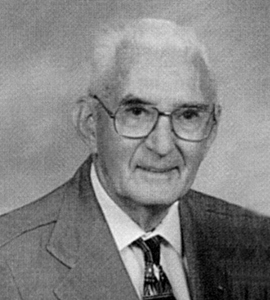LOOKING BACK … WAYNEDALE HISTORY

As pioneer farmers staked out or bought property, their first job was to clear the farm of oak, hickory, ash, and poplar. This opened the door for saw milling. One of the sawmills where Waynedale’s timber would go was beside the gristmill (Esmond Mill) on the west bank of the St. Mary’s River and the intersection of Bluffton Road.
About 1869 the Fort Wayne Muncie and Cincinnati Railroad came through Waynedale and shortly thereafter installed a spur at the Lower Huntington Road intersection (near Bradbury Avenue). Coal was the first import at this spur but the important thing to note is the fact that one cBONDS OF LOVE AND RESPECT
Feather in the Wind was in the Navy, stationed in SanDiego, California, when I was in SanFrancisco in the Air Force, ready to be shipped out to Chitose Air Base at Hokaido, Japan.
I had just finished pulling KP and looked forward to getting some shut-eye, when someone shined a flashlight in my eyes, and in a commanding voice said,” Get up, Airman! You’re on KP.”
I jumped out of the sack and there stood my brother. ‑He had hitch hiked all the way from SanDiego to SanFrancisco to see me. ‑We spent some real good quality time together for just a couple of days before I shipped out for a two and a half year tour of duty in Japan. ‑I would not see him again until my return stateside, but I never ever forgot the brotherly love that he showed me, and continues to do so. ‑Of all things, you would think that, being in the Air Force, I would have flown to Japan. ‑I went over to Japan on a Navy troop ship. ‑My duty on the ship? Yep, KP!
The moral of this story is that I had a light shined in my face that awakened me to a brotherly love, not only of Feather in the Wind, but that of The Way Shower, Jesus Christ. ‑I thank God for His love and light, and my brother Jim for his Flash Light.
God Bless You. ‑
Rev. Tom Dancing Feather Ebbingould see the future and land sales boomed.
But as one advantage comes about, often, it brings about a new problem. So it was with the coal shipping business. Green wood does not burn well and it throws out very little heat. So many people, in order to keep their home warm boarded the slow moving coal car and threw coal off to one side to be picked up later. This practice became quite expensive so the railroad companies started to hire private police.
The tide turned when the coal shippers got together with the sawmill operators and agreed to buy the waste ‘first cut’ and the ‘last cut’ (all bark) of every tree regardless of the kind of wood. These bark cuts were waste to the sawmill and once placed on top of a coal car filled with coal was quite convincing enough to retard the thieving practice. From that day on the coal business has had a willing partner with the lumber business.
- What To Know About Mosquito Season - July 19, 2024
- Local Worship & Events: July 19 Update - July 19, 2024
- Allen County Bar Foundation Announces Scholarship Winners - July 19, 2024


